India Fellow, as part of the workshops we do all round the year with our fellows, does a travel workshop. As part of this workshop, the fellows visit an ecosystem within India, which is rich in history, culture, geo-politics, ecological uniqueness and hence a nourishing ground for learning. Last year we visited the Sundarban (West Bengal side of it) region. We spent ten days in Sundarbans absorbing the distinct environment, interacting with people, listening to their stories, and learning about the social challenges they face.
Before going for the workshop, my knowledge about Sundarbans was limited. All I knew was that one has to travel via Kolkata to reach there, and that you need to take a boat at some point in the journey. How can I miss the real reason why I had heard about Sundarbans in the popular media! It is home to the Royal Bengal Tiger. The sheer number of times this has featured in our geography textbooks makes it hard to miss. But there must be more, I thought. And with this curiosity, I had googled Sundarbans, and an image of an impressive labyrinth of green and blue filled my screen. It’s been almost a year since then, and I still keep thinking of the place, the people, and their life. This blog series is my attempt to share about Sundarbans and the people I met during my visit.
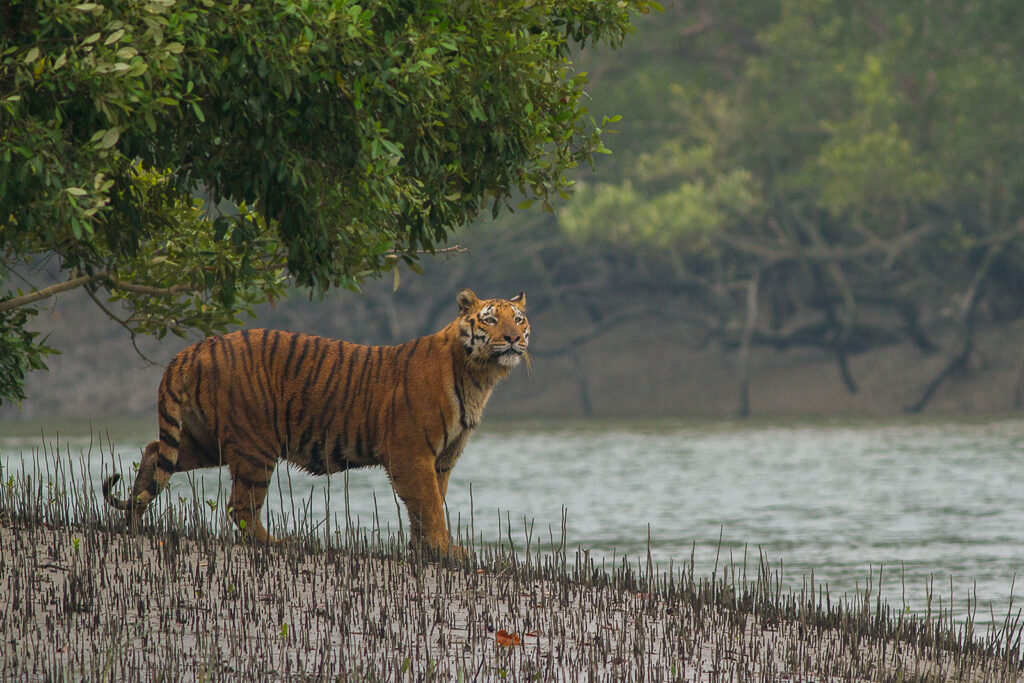
Sealdah To Canning: Leaving The Mainland
The total area of Sundarbans including both land and water is about 10,000 sq km. Out of this total area, 60% is in Bangladesh and 40% is in India. On the Indian side, there are 102 islands out of which 54 islands are inhabited by humans and the rest 48 are reserved by the forest department. Located in the South 24 Parganas district of West Bengal, Sundarbans can be reached by rail or road from Kolkata. The Indian side of the Sundarbans can be further divided into two; one closer to the mainland (towards India) and the other bordering Bangladesh.
- The one closer to the mainland can be reached by traveling to Patharpratima followed by further travel to Kheya Ghat
- Whereas the area bordering Bangladesh can be reached by traveling to Canning and then to Dhamakhali or Godkhali ferry point [We took this route]
From Kolkata, there are local trains that run from Sealdah railway station to Canning. The Sealdah-Canning route connects the metropolitan areas of north and south Kolkata to the outer edges of Sundarbans. Some of the locals in Kolkata call these local trains as the ‘Jhi Special’. Jhi is a term in Bangla for female domestic workers. Many female domestic workers travel every day from the faraway islands of Sundarbans to work in the households of south Kolkata.
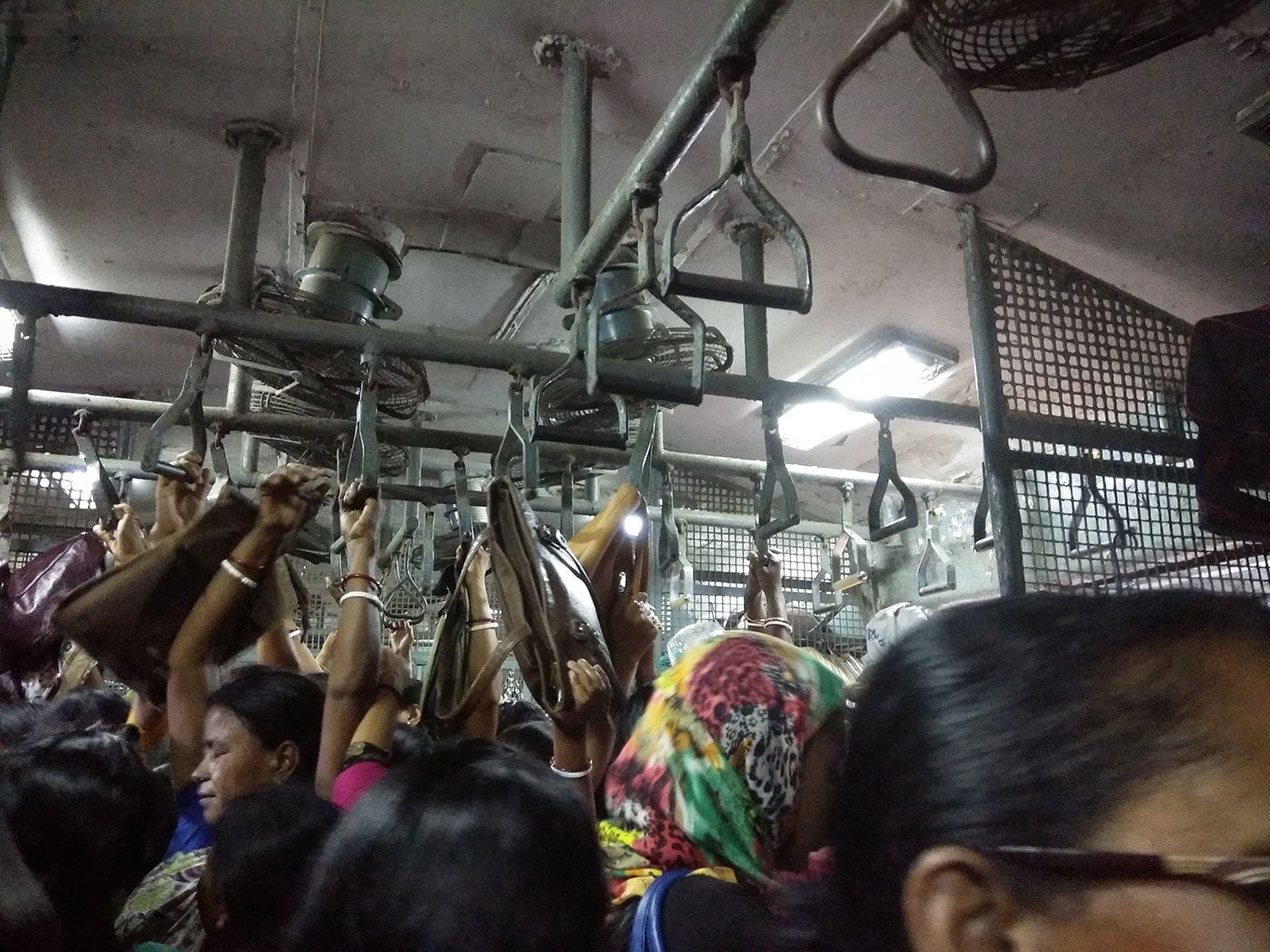
Built during the early 1860s at the junction of the Bidyadhari and Matla river (matla from the Bangla word maataal meaning a drunk man, named to indicate the nature of the river’s flow) was Port Canning. It was named after the then Governor General, Lord Canning. In just a few years of operation, the port was struck by a disastrous cyclone in 1867 thus devastating the port and the town. The railways don’t go any further from here.
From Canning, one has to travel approx. 30kms by road to reach either Dhamakhali or Godkhali ferry ghat. There are public buses and autos available on this route. We traveled to the Godkhali ghat and got on a launch to the Bali island (where our stay was planned).


Modes Of Transport In Sundarbans
- Within the island, you will not find four-wheelers. The only mode of transport is a van, which is a three-wheeler vehicle that has a platform to accommodate passengers and goods
- To travel across islands, there are boats of various sizes. The one used by tourists is the launch – usually owned by the forest department or the local tour operators who use it to ferry around tourists for forest safari
- Then there are bhot bhotis. These are boats that run on diesel and get their name from the sound they make when the generator is started. Mainly used as passenger boats to ferry locals from one island to another island. And like every other public transport in our country, this one too is overloaded. The only difference with this public transport is that all the time during the travel, passengers keep changing their positions trying to maintain a balance thus preventing the boat to topple
- The local fishermen use boats that are barely 5-6 metres long. These boats have space only to allow 2-3 people to squat side by side with a shanty created using bamboo and tarpaulin which acts as a roof for the fishermen during long sails and bad weather
A Geography Lesson Detour
The Sundarbans is a (i) Delta (ii) Mangrove (iii) Project Tiger region and it is key to understand these before we proceed further.
When a river empties its water and sediment into another water body such as an ocean, lake or another river – it forms a delta. The Sundarbans is the delta of the rivers Ganga, Brahmaputra and Meghna rivers and their tributaries. Deriving its name from Sundari (Heritiera fomes) tree found in this region, Sundarbans also literally means ‘beautiful forest’ in Bangla. The sea water rises twice a day every twelve hours to enter the land with the high tide and recede with the low tide.
A mangrove is a shrub or tree that grows in coastal saline or brackish water. Mangroves occur worldwide in the tropics and subtropics and even some temperate coastal areas. Mangroves are salt-tolerant trees, also called halophytes, and are adapted to live in harsh coastal conditions. They contain a complex salt filtration system and a complex root system to cope with saltwater immersion and wave action. They are adapted to the low-oxygen conditions of waterlogged mud. [Wikipedia]
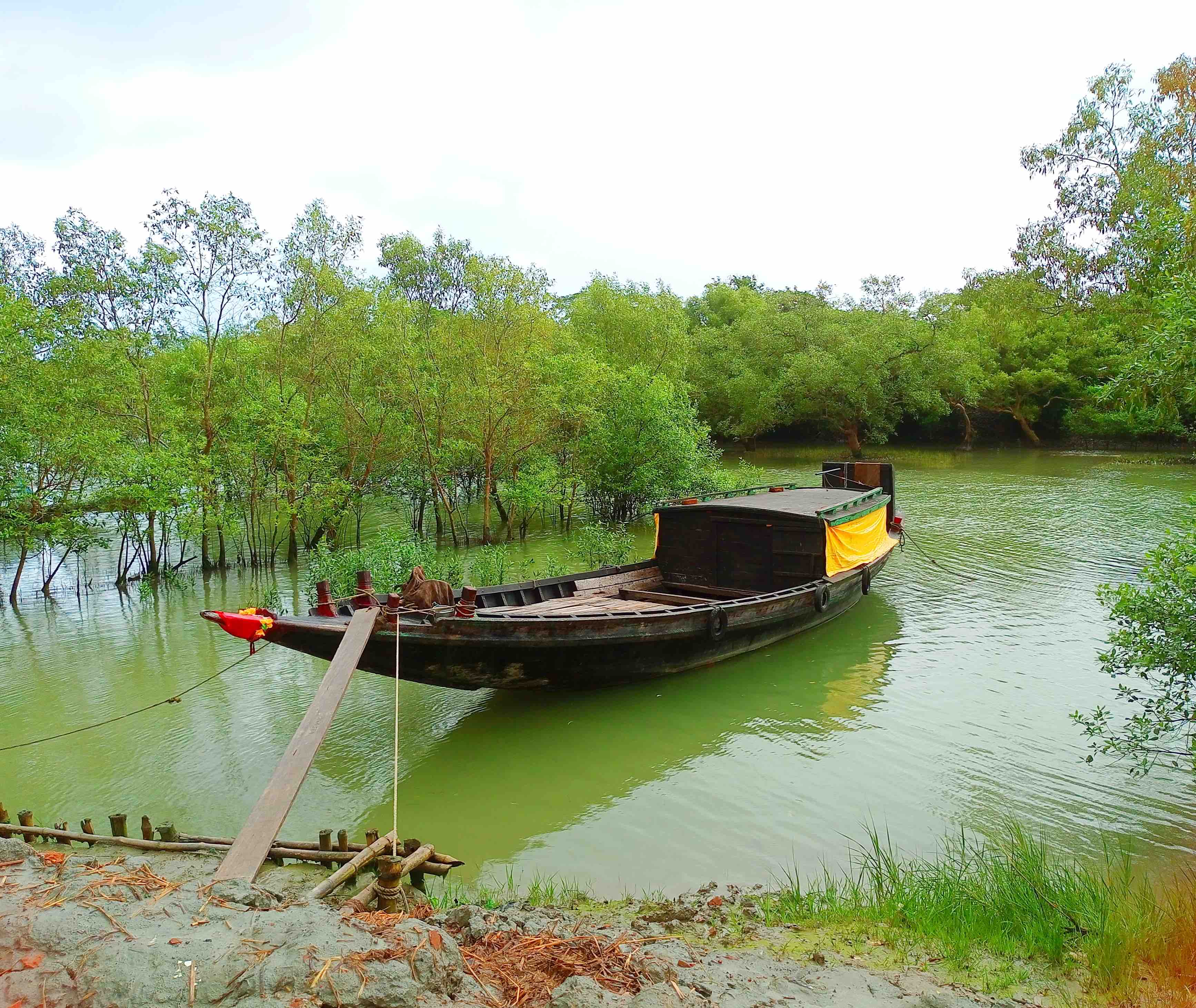
Project Tiger is a tiger conservation programme launched in April 1973 by the Government of India during Indira Gandhi’s tenure. The project aims at ensuring a viable population of the Bengal tiger in its natural habitats, protecting it from extinction, and preserving areas of biological importance as a natural heritage that represent the diversity of ecosystems across the tiger’s range in the country. The project’s task force visualised these tiger reserves as breeding nuclei, from which surplus animals would migrate to adjacent forests. Funds and commitment were mustered to support the intensive program of habitat protection and rehabilitation under the project. [Wikipedia]
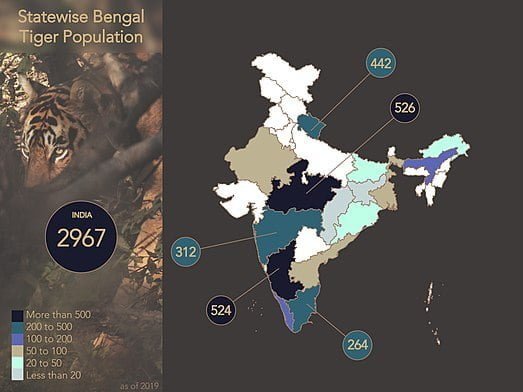
This description by writer Amitav Ghosh from the novel Jungle Nama summarises it aptly:
Many great rivers rise in the Himalaya
The Ganga among them, and the Brahmaputra,
Flowing down from west and east, they meet in Bengal,
And branch into numberless streams, some vast, some small,
Still they multiply, courses splitting as they flow,
Creating a tangled, green archipelago.
Thousands of islands rise from the rivers’ rich silts,
Crowned with forests of mangroves, rising on stilts,
This is the Sundarbans, where laden waters give birth;
To a vast jungle that joins ocean and earth.
About The People
The truth is that Sundarbans receives a lot of global attention and resources because of the tiger. It is the largest remaining natural habitat of an estimated 600 Bengal tigers across borders. While it is hard to say exactly, (as the tigers swim from island to island!) the 48 reserve islands on the India side have 100 tigers at any point in time.
But very little is known about the people who live here. This unique and ever-changing ecosystem is home to approximately 4.5 million people. Worshippers of the goddess deity Bon Bibi, they are fishermen, prawn-seed collectors, honey collectors, and firewood collectors in the forest. The challenges they face are much more than what meets the eye. Apart from the regular perils of living in a forest, what it takes to live miles away from the mainland – water that is saline and temperamental. To keep the sewage, fresh and saline water from mixing with each other is an everyday challenge for the residents here.
The geo-politics of the region, owing to it being a refugee settlement of immigrants from Bangladesh and their forceful eviction eventually, the interactions between the forest department, bureaucracy and the people directly dependent for survival on and from the forest, and the history of a certain Sir Hamilton who once attempted to create his utopian world by purchasing the islands from the East India Company … Sundarbans is perhaps one of the most enchanting tales of the million tales this country holds.
Stay tuned for the next blog which deep dives into these aspects of the lives of the people of the Sundarbans.
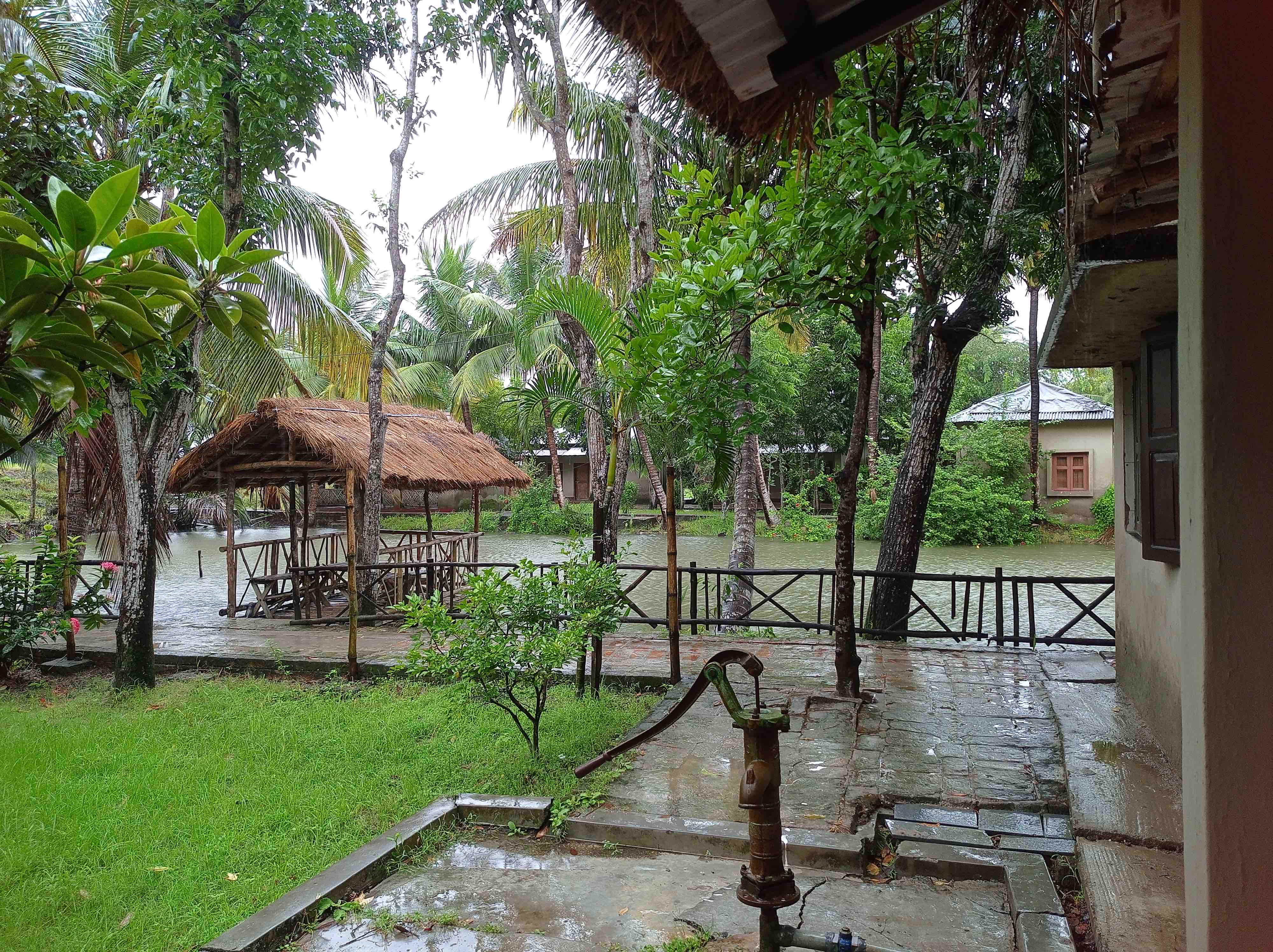
Almost all the tourist resorts are located on the Bali, Gosaba, and Satjelia islands. These islands are around the Sajnekhali wildlife sanctuary – which is frequented by tourists. We stayed at the Tora Resort on the Bali island.
In image, the Tora Resort
If you are curious to know more about the region, you can refer to this material:
- The Hungry Tide by Amitav Ghosh
- Forest of Tigers, People and Politics by Annu Jalais (she has also supported the fellowship by orienting us to the region through an interaction)
- Wade: a short animated film by Upamanyu Bhattacharyya and Kalp Sanghvi
- The Jungle Nama by Amitav Ghosh
- The Sundarbans travel workshop of the India Fellow was possible because of the support from Radhika Bhargava, a PHD scholar who is doing her research in the Sundarbans from the National University of Singapore and had benevolently joined us in the visit.


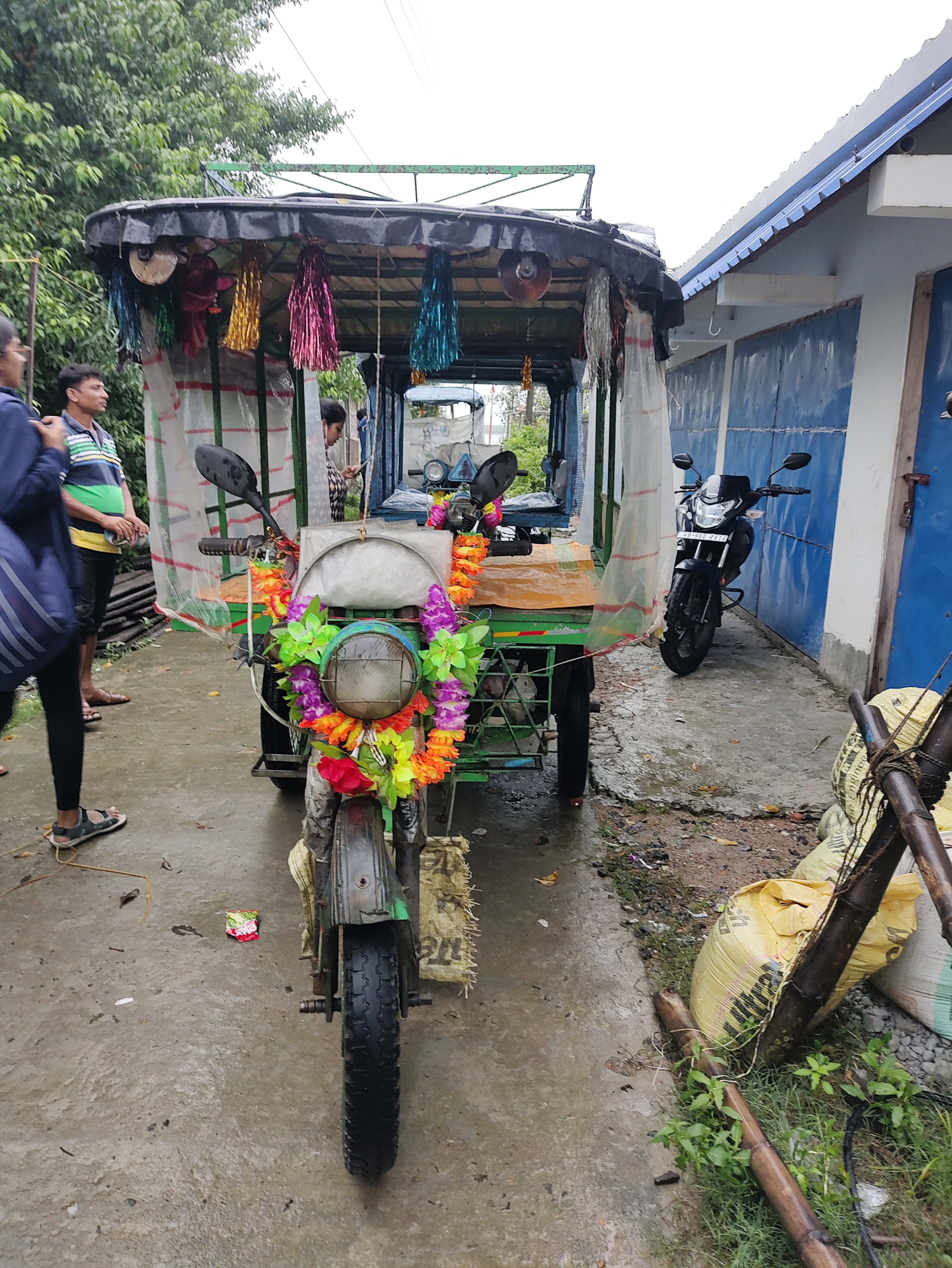
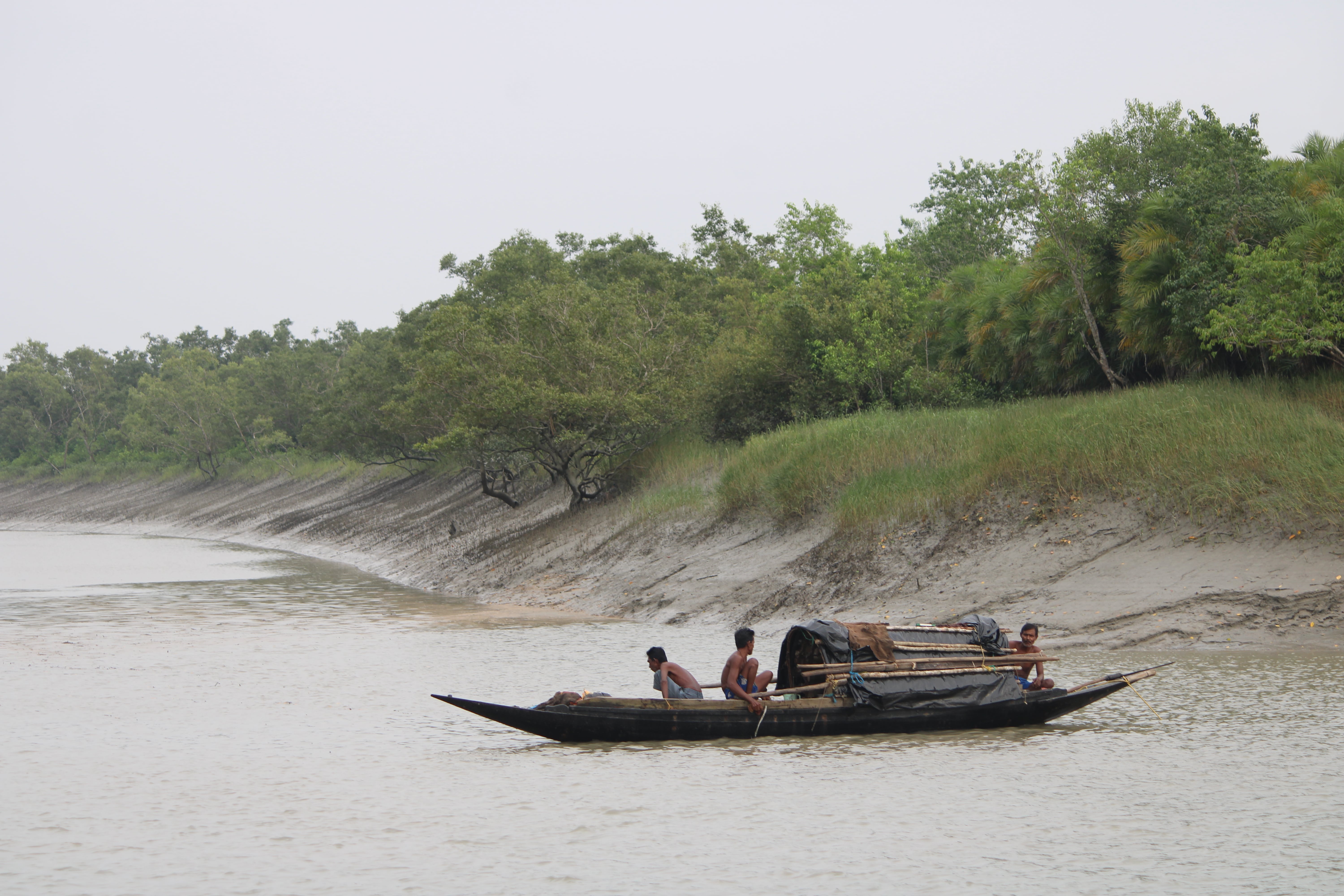
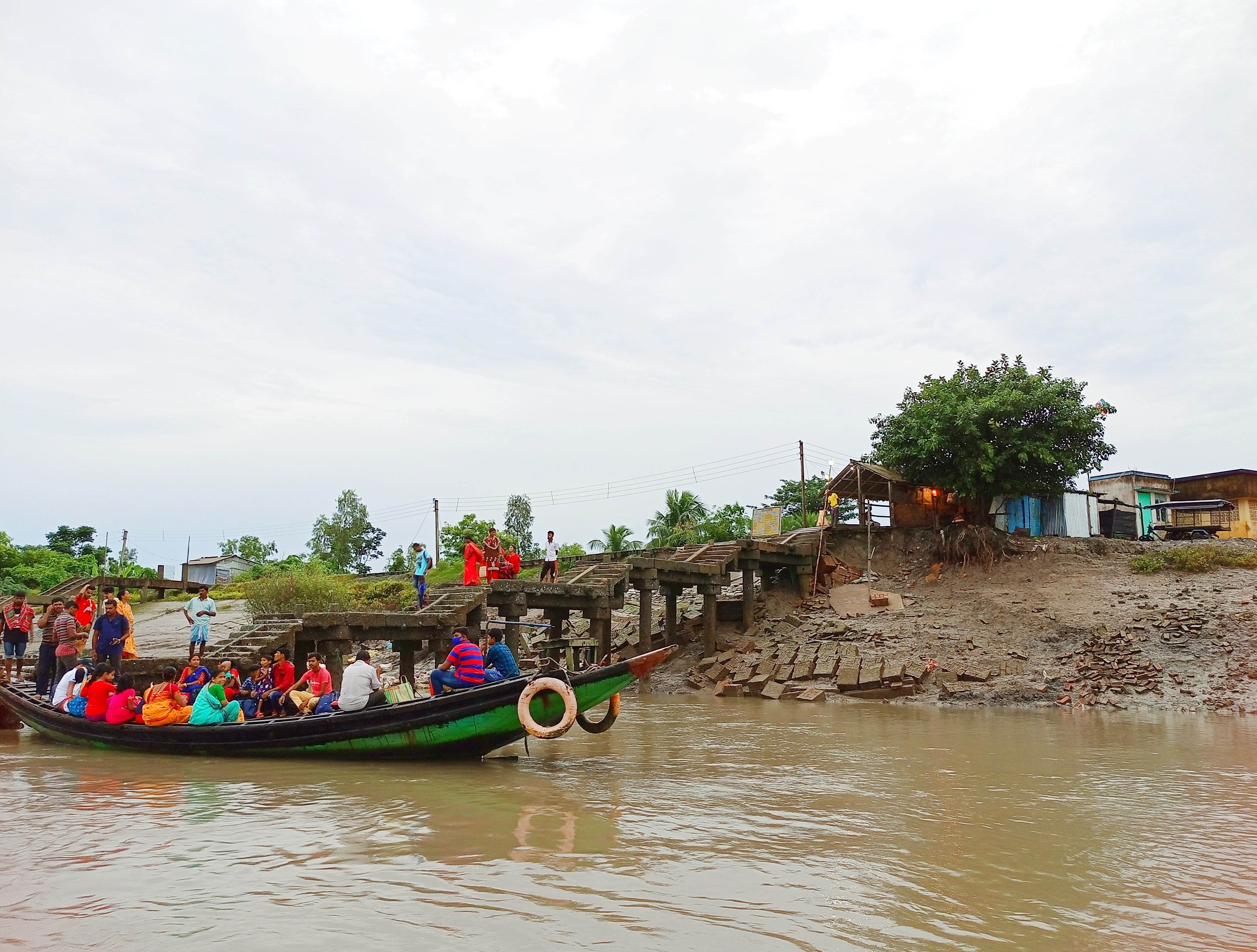


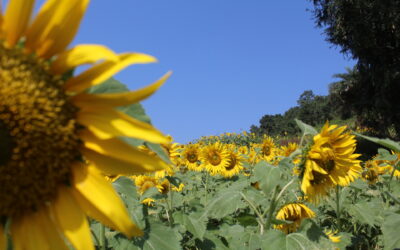
0 Comments